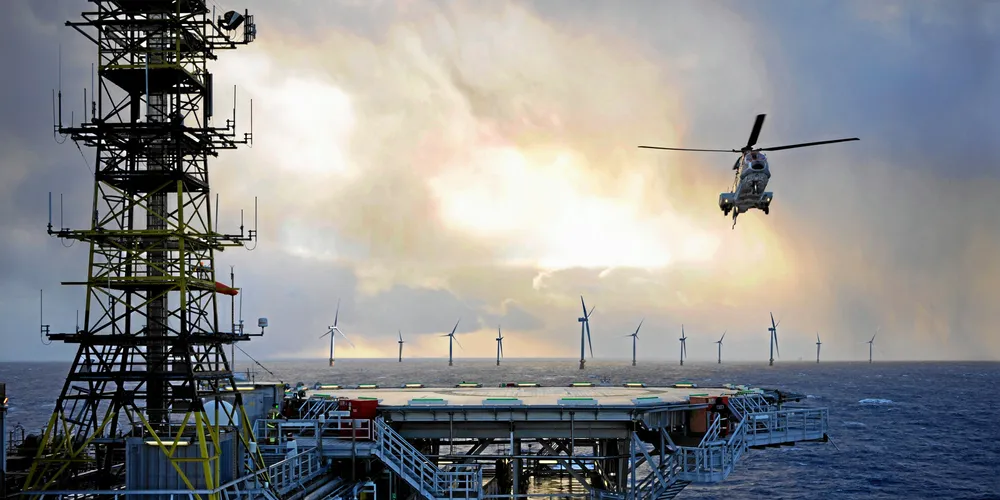US starts scope-out of Gulf of Mexico for 'early opportunities' in offshore wind
Bureau of Ocean Energy Management launches environmental assessment of region where existing offshore oil infrastructure and vast acreage could sweeten development appeal despite lower average wind speeds and threat of hurricanes
